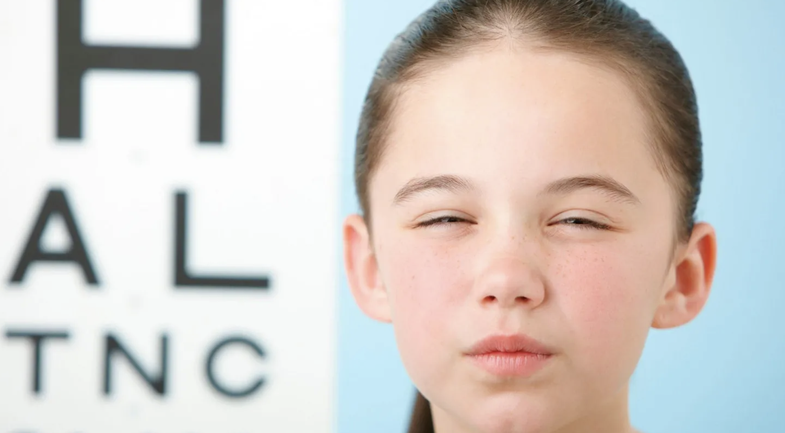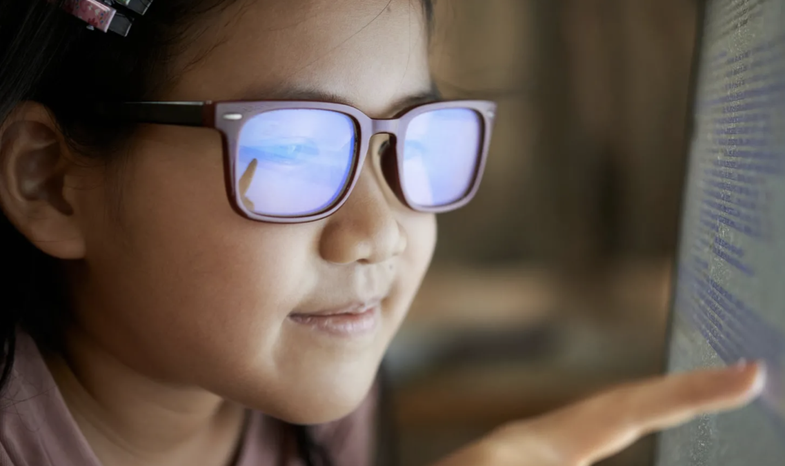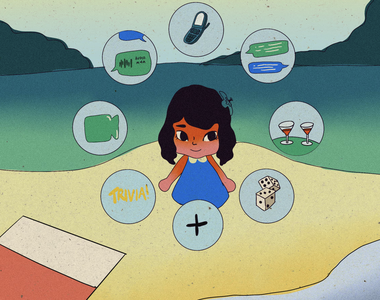
Children's vision is deteriorating more and more and according to a study published in the "British Journal of Ophthalmology", 1 in 3 children suffer from myopia. Analyzes are performed globally. Researchers say that isolation due to the Covid-19 pandemic had a negative impact on the vision of children, who spent more time in front of digital screens than looking at nature.
Myopia has become a global concern, as according to these rates, it will affect even more children by 2050, warns the study in question. The highest figures are recorded in Asia, where 85% of Japanese children and 73% of South Korean children suffer from myopia. Further, 40% of myopic children are registered in China and Russia.

Paraguay and Uganda have the lowest figures, with only 1% of children affected by myopia. The United Kingdom and the United States capture figures of 15%.
The study reviewed research involving more than 5 million children and adolescents in 50 countries, on 6 continents, and concluded that from 1990 to 2023, the number of children with myopia has tripled. The growth is "obvious" after the pandemic, say experts.
Myopia usually begins during the first grade and tends to worsen until the eye stops growing, which stops around age 20. There are other factors that influence myopia, such as genetics, inheritance from parents, long exposure to digital screens and books, but also location and schooling in countries like Singapore and Hong Kong. In these countries, children, who start studying at a young age, spend a long time on books, which can strain the eye muscles and lead to myopia, studies say.
In African countries, where school starts at the age of 6-8, myopia is 7 times more common than in Asian countries.







